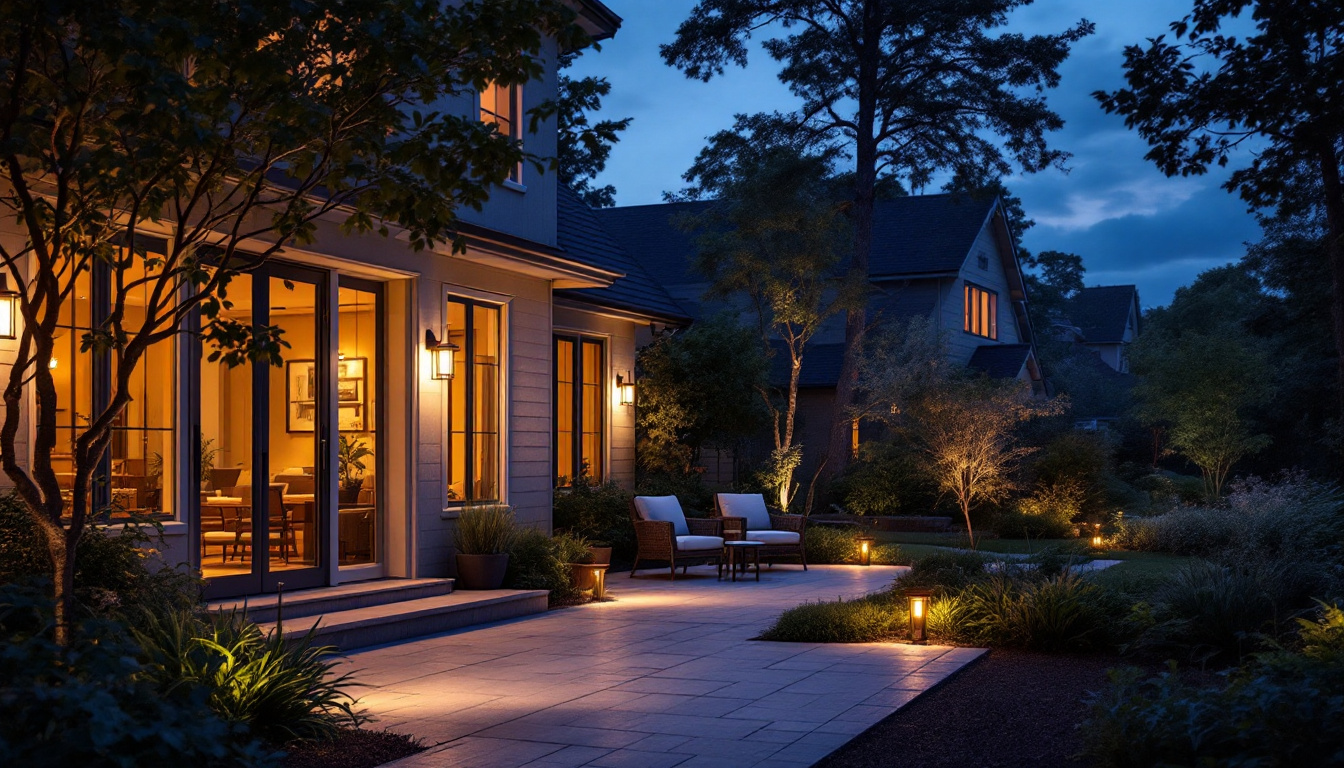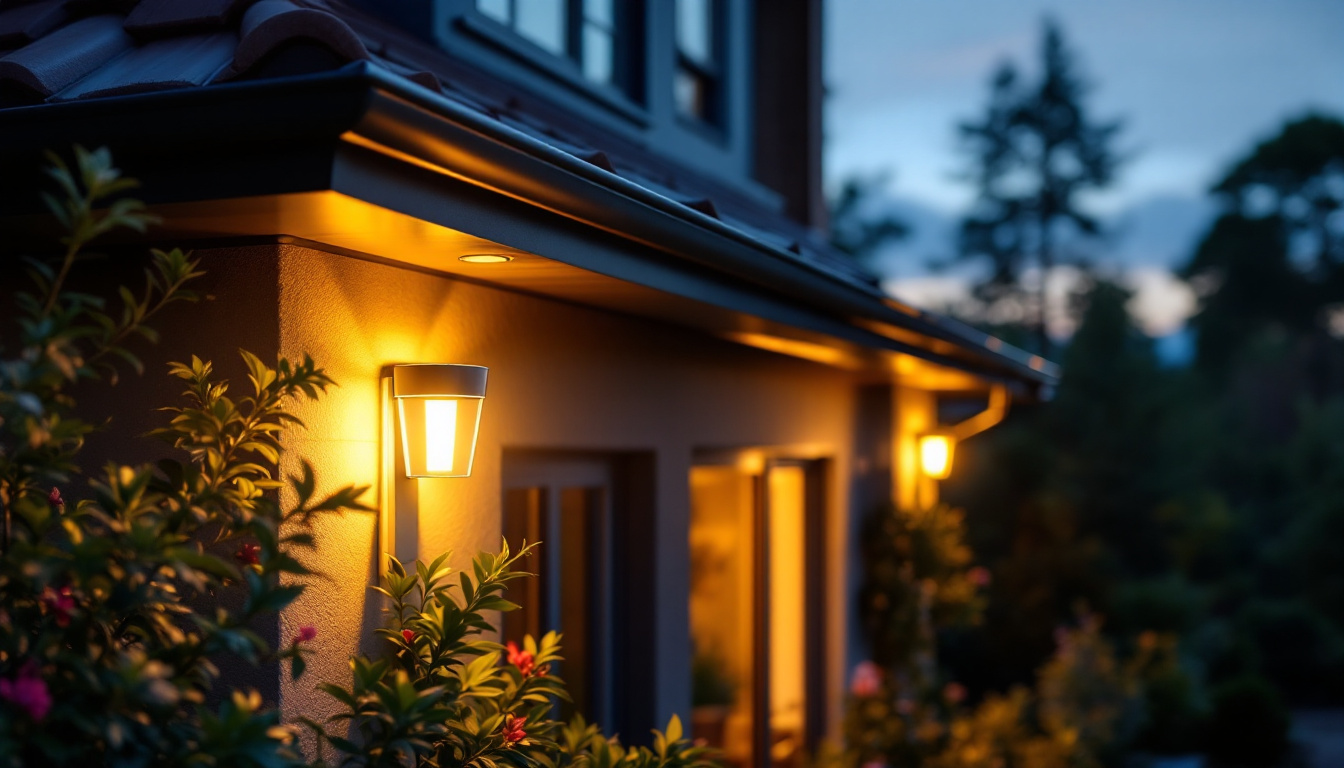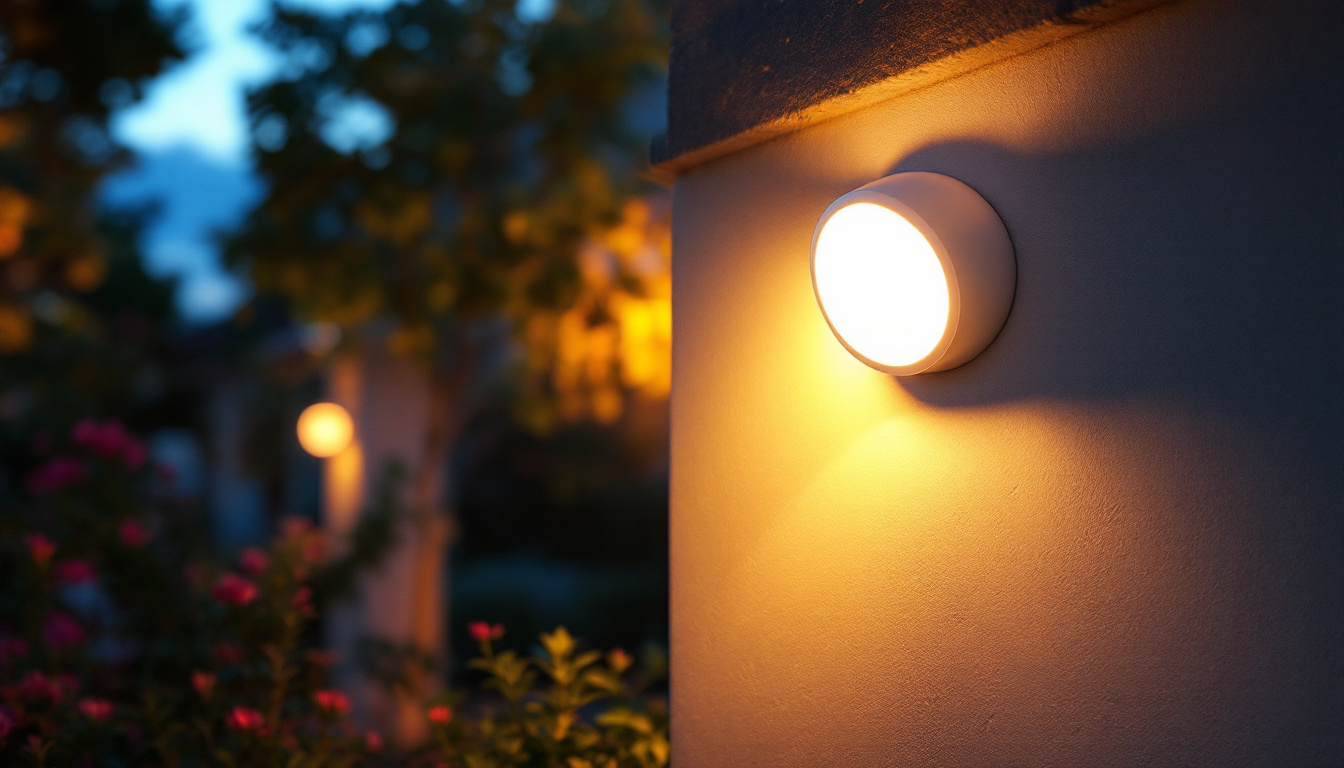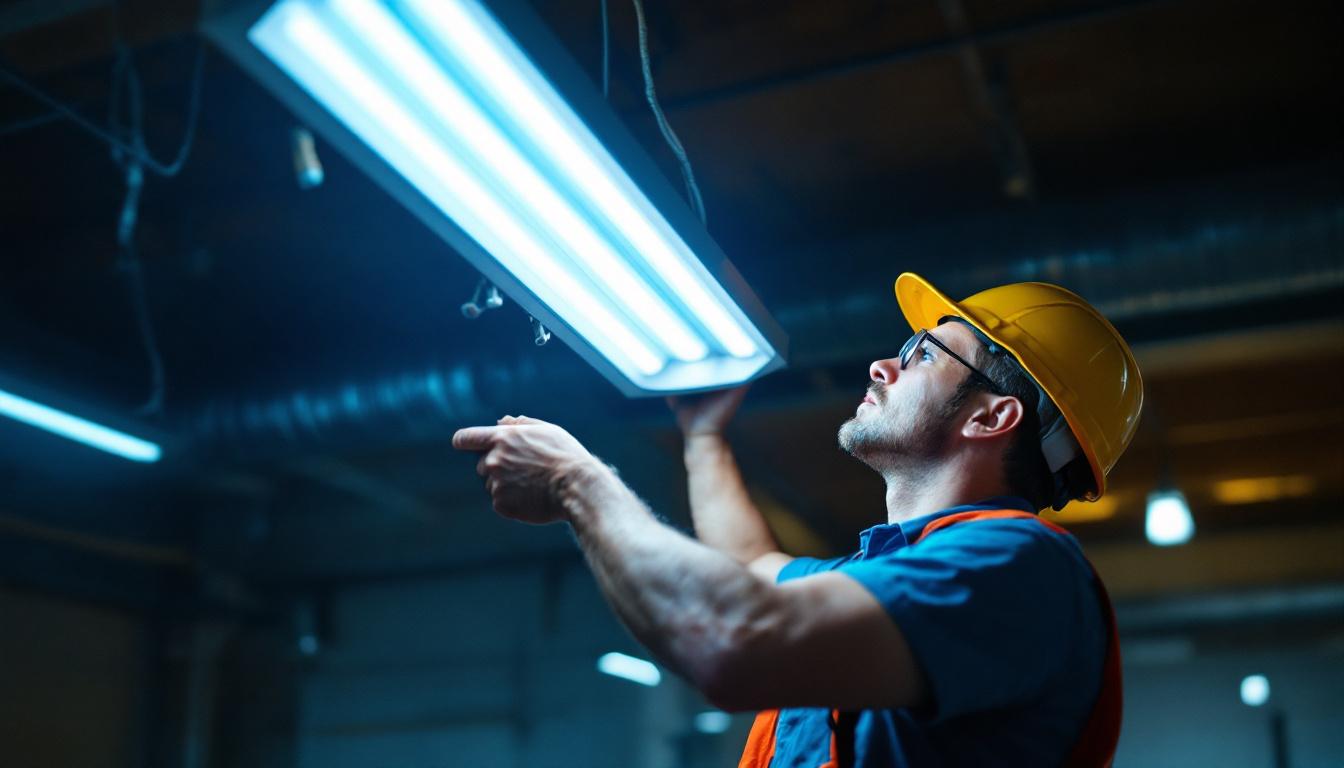
In the ever-evolving world of home design and renovation, outdoor lighting has emerged as a critical component that enhances both aesthetics and functionality. For lighting contractors, understanding the nuances of outdoor lighting is not just an added skill; it is a necessity. This article delves into the various aspects of outdoor lighting that every lighting contractor should be well-versed in, ensuring they can meet client demands and stay competitive in the market.
Outdoor lighting serves multiple purposes that extend beyond mere illumination. It plays a significant role in safety, security, and enhancing the overall ambiance of a property. Understanding these aspects is crucial for any lighting contractor looking to provide comprehensive services.
One of the primary reasons homeowners invest in outdoor lighting is for safety. Well-lit pathways, driveways, and entrances reduce the risk of accidents and injuries. Lighting contractors must emphasize the importance of strategic placement of lights to illuminate dark areas effectively. This not only helps in guiding residents and guests but also deters potential intruders, making properties less attractive targets for criminal activity.
Furthermore, motion sensor lights can be a valuable addition to any outdoor lighting plan. These lights activate when movement is detected, providing an extra layer of security while also conserving energy. Contractors should be knowledgeable about the latest technologies in motion sensors to offer clients the most effective solutions.
In addition to motion sensors, integrating smart lighting systems can significantly enhance security measures. These systems allow homeowners to control their outdoor lights remotely via smartphone apps, enabling them to adjust lighting schedules or turn lights on and off while away from home. This not only adds convenience but also creates the illusion of occupancy, further deterring potential burglars. By incorporating such advanced technologies, contractors can provide clients with peace of mind and a sense of safety that is increasingly becoming a priority in modern home design.
Outdoor lighting is not merely functional; it is also an art form. The right lighting can transform a mundane outdoor space into an inviting oasis. By using techniques such as uplighting, downlighting, and silhouette lighting, contractors can help homeowners create stunning visual effects that highlight architectural features, landscaping, and outdoor living areas.
Moreover, the choice of fixtures—ranging from modern to rustic—can significantly influence the overall aesthetic. Contractors should stay updated on design trends and be prepared to offer a variety of options that cater to different tastes and preferences.
Additionally, color temperature plays a crucial role in setting the mood of an outdoor space. Warm white lights can create a cozy and intimate atmosphere, perfect for entertaining guests or enjoying family gatherings, while cooler white lights can provide a more contemporary and vibrant feel. By understanding the psychological effects of different lighting colors, contractors can guide homeowners in making informed decisions that align with their desired ambiance. This attention to detail not only enhances the visual appeal of a property but also elevates the overall experience of outdoor living, making it a cherished part of the home.
Understanding the various types of outdoor lighting is essential for contractors. Each type serves a unique purpose and can be used in combination to achieve the desired effect. Here are some of the most common types of outdoor lighting that contractors should be familiar with.
Pathway lights are essential for guiding foot traffic safely through gardens, yards, and driveways. These fixtures not only illuminate pathways but also enhance the beauty of landscaping. When installing pathway lights, contractors should consider the spacing and height of fixtures to ensure even illumination without creating harsh shadows.
landscape lighting, on the other hand, focuses on highlighting specific features such as trees, shrubs, or water elements. Techniques like spotlighting or washing can create dramatic effects that enhance the natural beauty of the landscape. Contractors should be prepared to advise clients on the best locations and types of fixtures to achieve these effects.
Outdoor living spaces like decks and patios have become increasingly popular, making deck and patio lighting a vital service for contractors. These areas often serve as extensions of the home, and proper lighting can enhance their usability during the evening hours.
Options for deck and patio lighting include recessed lighting, string lights, and post cap lights. Each of these options can create a different atmosphere, allowing homeowners to choose the right ambiance for their gatherings or quiet evenings. Contractors should be skilled in integrating these lighting solutions seamlessly into the existing architecture and design.
For homeowners concerned about security, flood lighting is an essential component. These powerful lights can illuminate large areas, providing visibility and peace of mind. When installing flood lights, contractors must consider the placement to avoid light pollution and ensure that the beams are directed away from neighbors’ properties.
Additionally, integrating smart technology into security lighting can enhance its effectiveness. Features like remote control and automated schedules can provide homeowners with greater control over their outdoor lighting systems. Contractors should be knowledgeable about these technologies to offer clients the best solutions.
As sustainability becomes a priority for many homeowners, energy-efficient outdoor lighting solutions are in high demand. Lighting contractors should be well-versed in the latest technologies that promote energy savings while still providing effective illumination.
LED lights have revolutionized outdoor lighting due to their longevity and energy efficiency. Unlike traditional incandescent bulbs, LED lights consume significantly less energy and have a much longer lifespan. Contractors should educate clients on the benefits of switching to LED options, including reduced electricity bills and lower maintenance costs.
Moreover, LED technology is constantly advancing, with options now available in various color temperatures and brightness levels. This versatility allows homeowners to customize their outdoor lighting to suit their preferences while still being environmentally conscious.
Solar-powered lights are another popular choice for energy-efficient outdoor lighting. These fixtures harness sunlight during the day to provide illumination at night, eliminating the need for electrical wiring. Contractors should be familiar with the various types of solar lights available, including pathway lights, garden lights, and wall-mounted fixtures.
While solar lights can be an excellent option, contractors must also inform clients about their limitations, such as performance variability based on weather conditions. Providing a balanced perspective will help homeowners make informed decisions about their outdoor lighting needs.
When planning outdoor lighting projects, several design considerations come into play. Lighting contractors must be adept at balancing functionality with aesthetics to create cohesive and effective lighting plans.
Before any installation, a thorough assessment of the outdoor space is essential. Contractors should take into account the layout, existing features, and the intended use of the area. This understanding will guide decisions on fixture types, placements, and lighting techniques.
Additionally, considering the surrounding environment is crucial. Factors such as nearby trees, buildings, and landscaping can influence how light behaves in the space. Contractors should be prepared to adapt their plans based on these variables to achieve the best results.
A well-thought-out lighting plan is key to successful outdoor lighting projects. This plan should outline the types of fixtures to be used, their placements, and the desired effects. Contractors should collaborate with clients to ensure the plan aligns with their vision while also considering practical aspects such as maintenance and energy consumption.
Incorporating a variety of lighting techniques—such as layering light sources and using different intensities—can create depth and interest in the outdoor space. Contractors should be creative in their approach, ensuring that the final design is both functional and visually appealing.
The field of outdoor lighting is constantly evolving, with new trends and technologies emerging regularly. For lighting contractors, staying informed is crucial to remain competitive and meet client expectations.
Current trends in outdoor lighting include smart home integration, where lighting systems can be controlled via smartphones or voice-activated devices. This level of convenience is increasingly sought after by homeowners, making it essential for contractors to be knowledgeable about these technologies.
Additionally, the trend of using warm color temperatures in outdoor lighting is gaining popularity, as it creates a more inviting atmosphere. Contractors should be prepared to offer clients options that align with these trends while also considering energy efficiency and functionality.
To stay ahead in the industry, lighting contractors should invest in continued education and training. This can include attending workshops, webinars, and industry conferences focused on outdoor lighting. Staying updated on the latest products, technologies, and design techniques will enhance a contractor’s skill set and improve their service offerings.
Moreover, networking with other professionals in the field can provide valuable insights and foster collaborations that can lead to new opportunities. By engaging with the broader lighting community, contractors can ensure they remain at the forefront of the industry.
Outdoor lighting is a multifaceted aspect of home design that lighting contractors cannot afford to overlook. From enhancing safety and security to creating stunning visual effects, the importance of outdoor lighting is undeniable. By understanding the various types of outdoor lighting, embracing energy-efficient solutions, and staying updated with trends and technologies, contractors can provide exceptional service to their clients.
Ultimately, the goal is to create outdoor spaces that are not only functional but also beautiful. By mastering the art and science of outdoor lighting, contractors can elevate their offerings and help homeowners transform their properties into welcoming, well-lit havens.
Ready to take your outdoor lighting projects to the next level? At LumenWholesale, we provide lighting contractors with an unparalleled selection of spec-grade lighting products at exceptional wholesale prices. Say goodbye to local distributor markups and hello to our premium, industry-standard lighting solutions that will make every space shine. With free shipping on bulk orders, you can trust that you’re getting the best value without any hidden costs. Elevate your lighting game and create captivating outdoor environments with ease. Discover the perfect fusion of quality, affordability, and convenience at LumenWholesale – Wholesale Lighting at the Best Value.

Discover essential tips for selecting and installing solar gutter lamps in your lighting projects.

Discover expert insights and practical tips for lighting contractors on maximizing the benefits of dusk dawn sensor lights.

Discover essential insights and expert tips for lighting contractors working with four bulb fluorescent light fixtures.

Discover why loading dock lights are often overlooked yet crucial components in lighting projects.